It was the best of times, it was the worst of times, it was the age of wisdom, it was the age of foolishness, it was the epoch of belief, it was the epoch of incredulity, it was the season of light, it was the season of darkness, it was the spring of hope, it was the winter of despair.
― Charles Dickens, A Tale of Two Cities
This is how one of the most famous works of English language begins, and this comes close to approximating 2023 for me. It was close to the best and close to the worst. And indeed, the current times feel like this. With extreme advances in AI, we are in some ways, in the best of times. But we have multiple wars going on where innocents are dying – at the same time.
2023 feels too strange. When I look back at 2022, it feels like a different era, like I was a different person. To me, reading my 2022 newsletter feels almost like reading someone else’s newsletter. So yeah, 2023 was… 2023. So reader beware, this letter is going to be a bit different, perhaps a shade darker than the letters of prior years. And I hesitate to say this, but this year I learned things about myself which I wouldn’t have guessed.
But let me begin with what went well. This year I made further progress in my career, getting a good role at a unicorn company. Something I had wanted for a long time and felt I deserved. The process of getting it happened to be combination of hard work and luck, like everything else in this world, and I am thankful for it. I was keen on working at a company which had a sophisticated product, smart and qualified people, and the room to work remotely, and the new job has all of these.
Am also thankful that my physical health was decent for most of the year. I was 75% more active than last year, and around 4 times more active than during covid times. While I did not cycle around much, I made up for it with long walks, covering eight hundred kilometres. Here are some pictures taken on these slow, reflective outings.

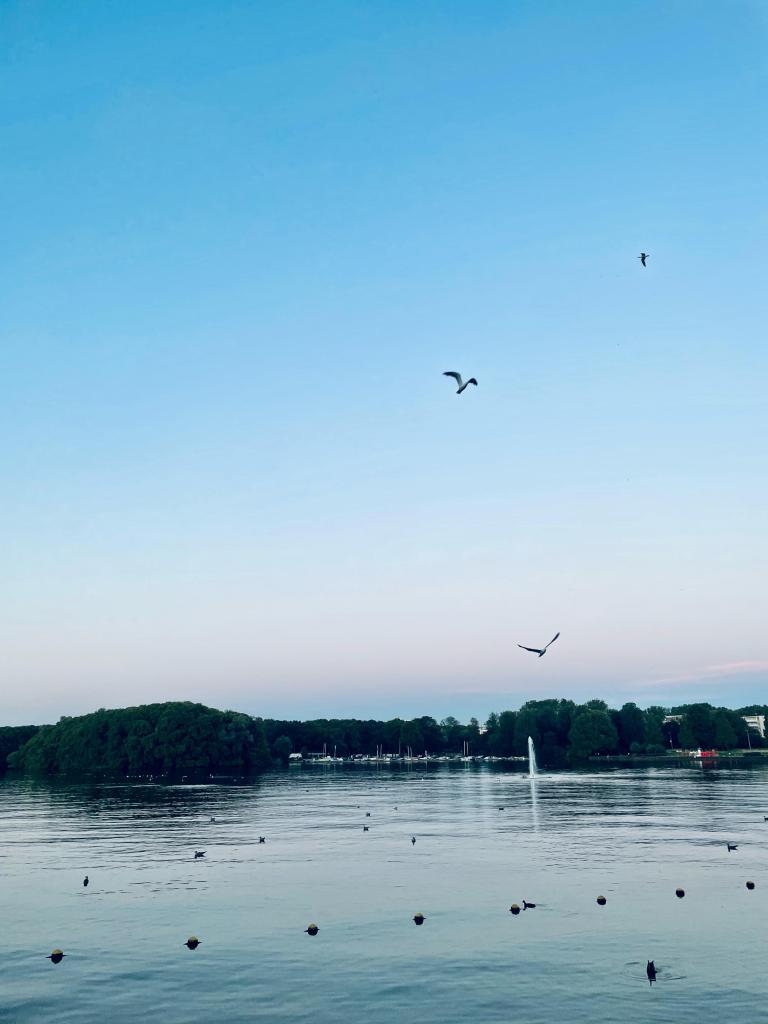



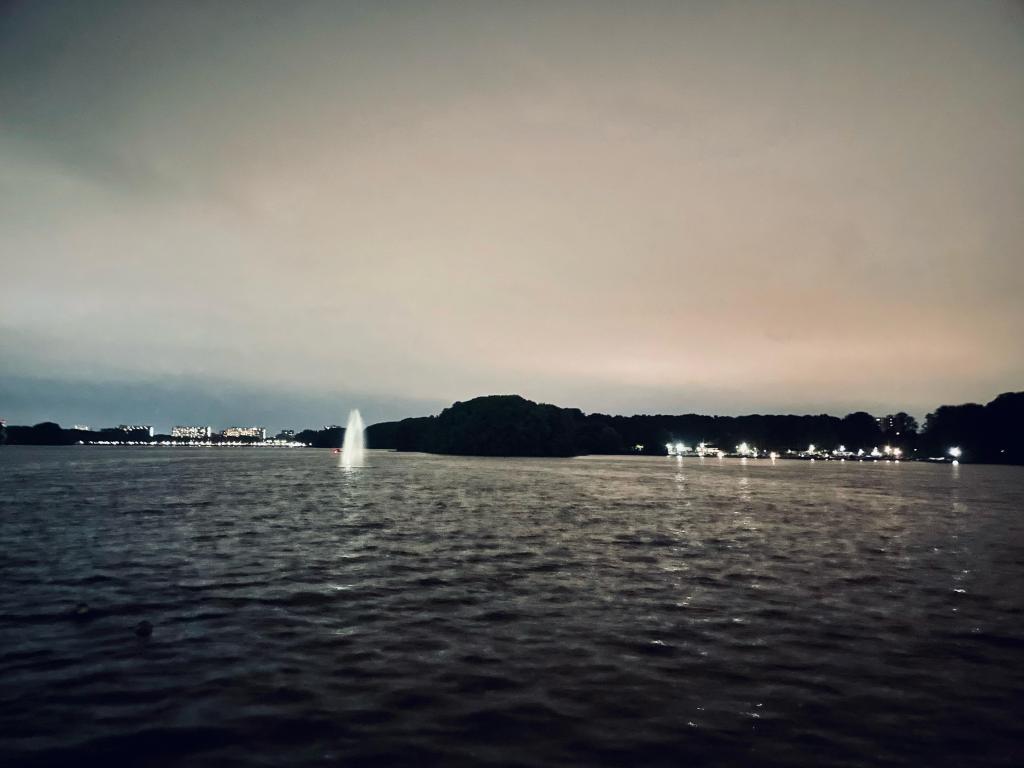

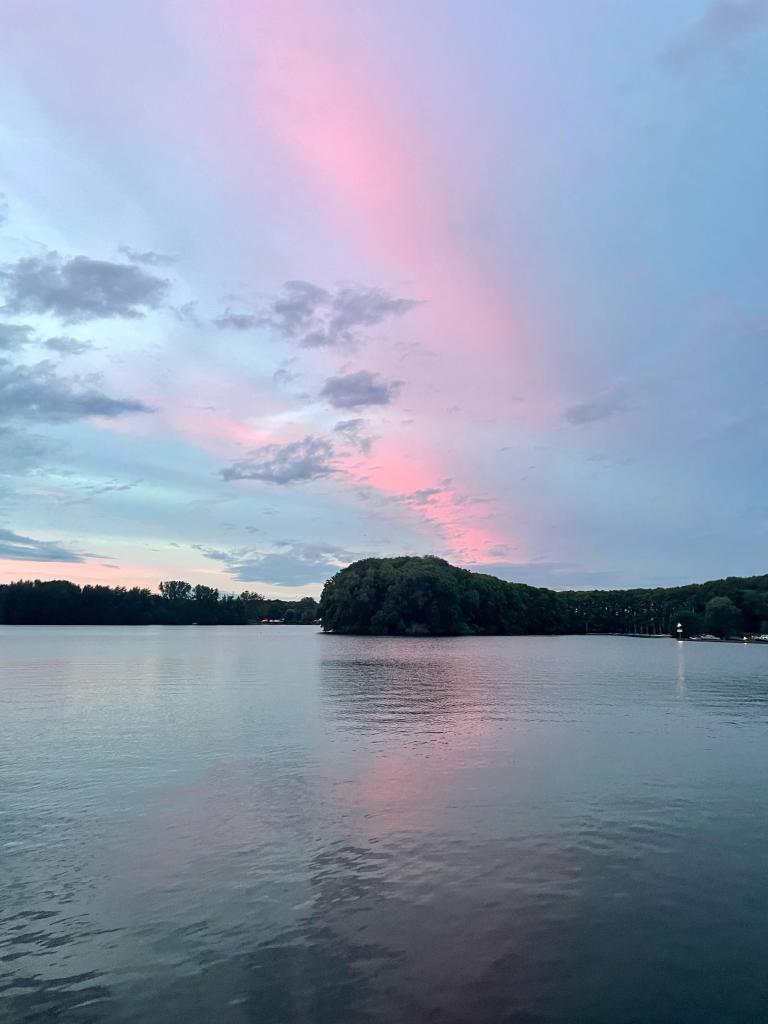

Becoming more European, and living more Indian
In 2023, I became more European, but also lived more like the Indian that I am. I was able to get a European Permanent Residence, laying to rest subconscious fears about living in a ‘foreign’ place. Practically, this means that one’s living in the Netherlands is not dependent on one’s employer – I can stay here even if I am ‘jobless’; if I am not actively contributing to the economy. Also, it is now easier to work for other companies in Europe, and beyond.
I also ended up spending hours and hours and painful hours on getting my Dutch driver’s licence. Now, I have driven for more than 10 years in India – from the Jaipur Delhi highway to the nightmare traffic of Bangalore. And some rural Kolkata thrown in.
And yes I have also driven a bit in Europe – in Croatia and Switzerland. But for the life of me, the Dutch authorities would not let me pass the exam with ease.
So here is how the process goes. First, you have to give a driving theory exam, and only then are you eligible for the practical exam. The theory exam begins with a set of ‘hazard perception’ questions – where you get exactly 8 seconds to decide whether you will hit the brakes, release accelerator, or do nothing based on a situation on the road. And you have to keep everything in mind – the kind of road, the snow or rain, the people around you, the speed on your dashboard, and what’s going on behind you. And keep in mind, that if you see a ball or a balloon on the way, there could be children around who might run onto the road. Hit the brakes pronto.
The seconds-timer on the top of the question keeps ticking – just like on the ‘phone a friend’ lifeline in KBC.

But that’s not the hardest part of the test. The real challenge is posed by the labyrinthine ‘priority’ rules – which decide who can go first on an intersection. You get these images with arrows where you need to pick the correct order of priority. You look at the signs on the road, the different kind of vehicles, and the directions they are coming from and going to.

Sounds difficult yet? It gets worse.
You also need to know the order of priority, if there is a – horse-rider trying to cross the road. They have rules for people on horses ! I am not making this up, look at this image from a sample test.

And for these set of questions, the minimum passing percentage is only 90%. So if you make one small mistake, you fail. And then you need to find another exam timeslot which you may get in a few months, at least a few weeks.
And when you do pass (I needed 2 attempts), you can then start with the preparation for the practical exam – which has new guidelines and heuristics. And the priority rules we just saw – you need to keep them in mind while driving, and make split second decisions with everything else moving, and much higher stakes – there is real danger to humans (and horses).
I failed my first practical driving test too – the examiner had to apply brakes else I would have hit some people. It’s tiring to keep so many things in mind. But I did pass it finally near the end of December, and somehow this became the highlight of the year.
Now I am qualified to drive a car anywhere in the Netherlands and probably anywhere in Europe. Feels like a new level of game achievement unlocked. Valuable because now we can explore the many lovely, pristine locations in Europe not reachable by public transport.
But the story had deeper lessons for me. Many times I made mistakes out of anxiety and old habits. My Indian-road habits. I broke free of many of them after applying ideas from an insightful book called ‘The Inner Game of Tennis’.
Here is the core concept – any habit we have is built for a purpose in a given context. When we alter the context, the habit still remains as a residue. And now a ‘good’ habit becomes a ‘bad’ habit. To let go of this habit, we need to be aware of our actions and see how the new habit is no longer suited to the original purpose in the new context. It means we realize that it’s not a ‘bad’ habit and we are not ‘bad’ or ‘stupid’ people. It was built for a good purpose. But now we need to look at it again, and reflect on the purpose itself.
To get free from my ‘bad’ driving habits, I had deliberated on why I had learnt those specific actions (like frequent, jerky braking) and how they were not useful, and indeed harmful in the new context of Dutch roads.
Sounds almost like someone going through therapy. Maybe therapy is about breaking (‘letting go of’) specific mental habits and make room for new ones, for a new context.
So, with the Permanent Residence and the Driving Licence, I ‘became’ more European, in a way.
However, I also became more Indian this year, through people and food and movies and music. My wife’s immediate family visited us for the first time in Europe. It was a revealing experience for them – just as it is for any Indian who first visits this part of the globe. The cleanliness, the lack of people, the greenery and and sense of peace, and in the Netherlands, the annoying wind – all new, and all stuff you can’t experience on Instagram.

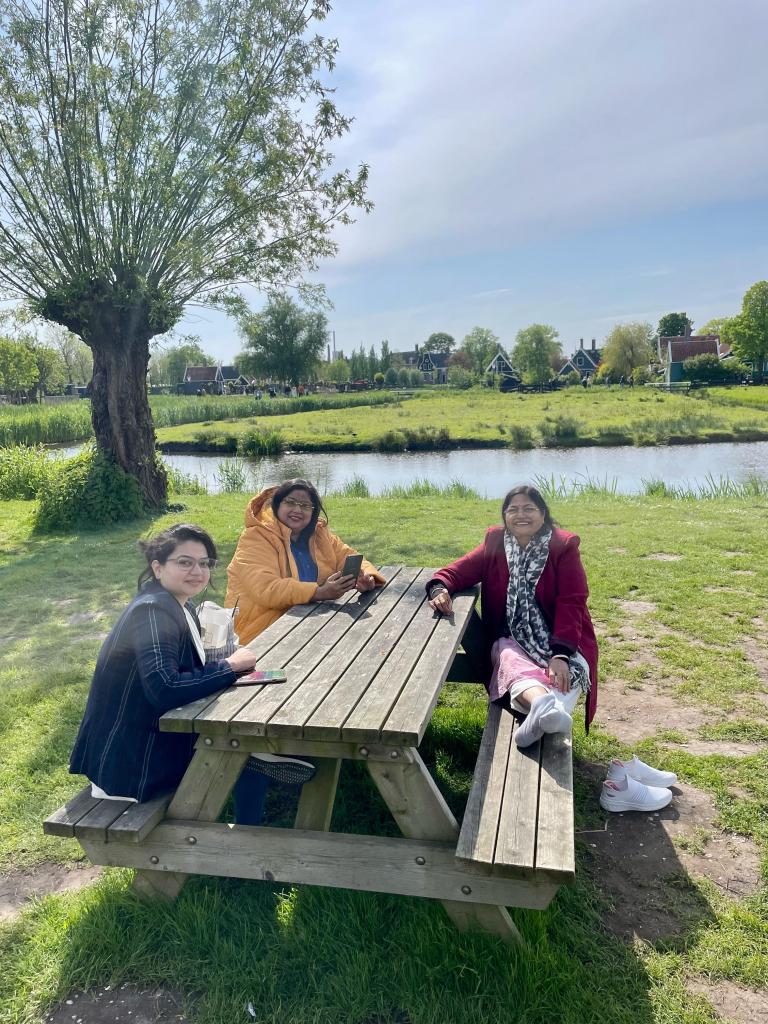







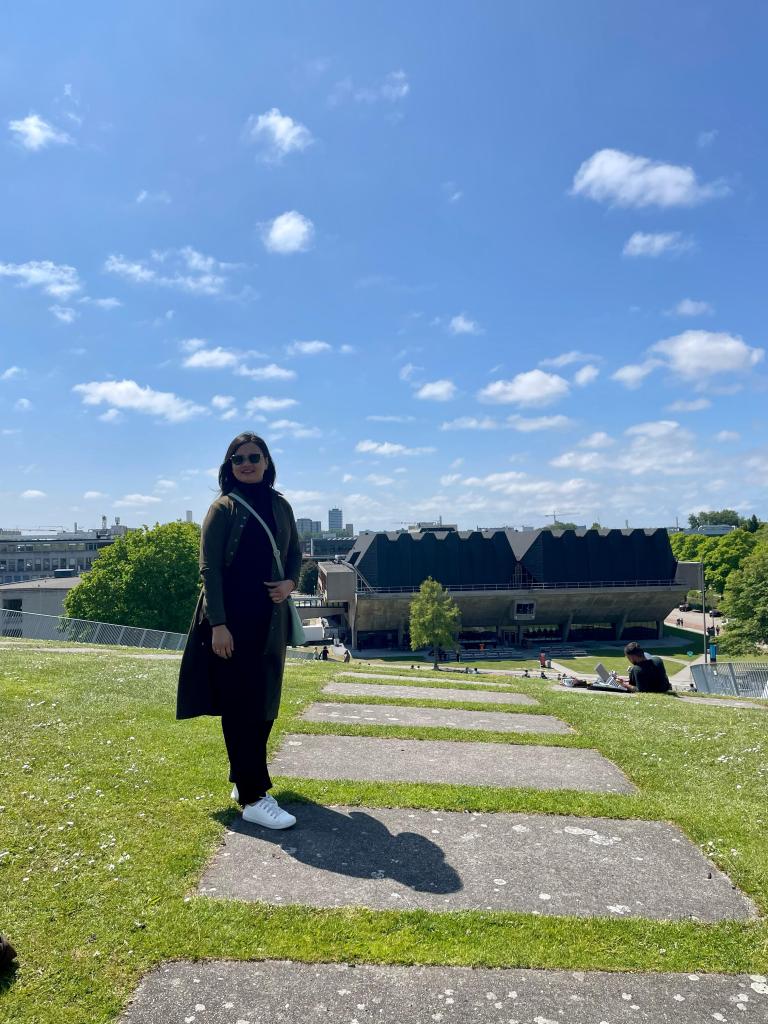

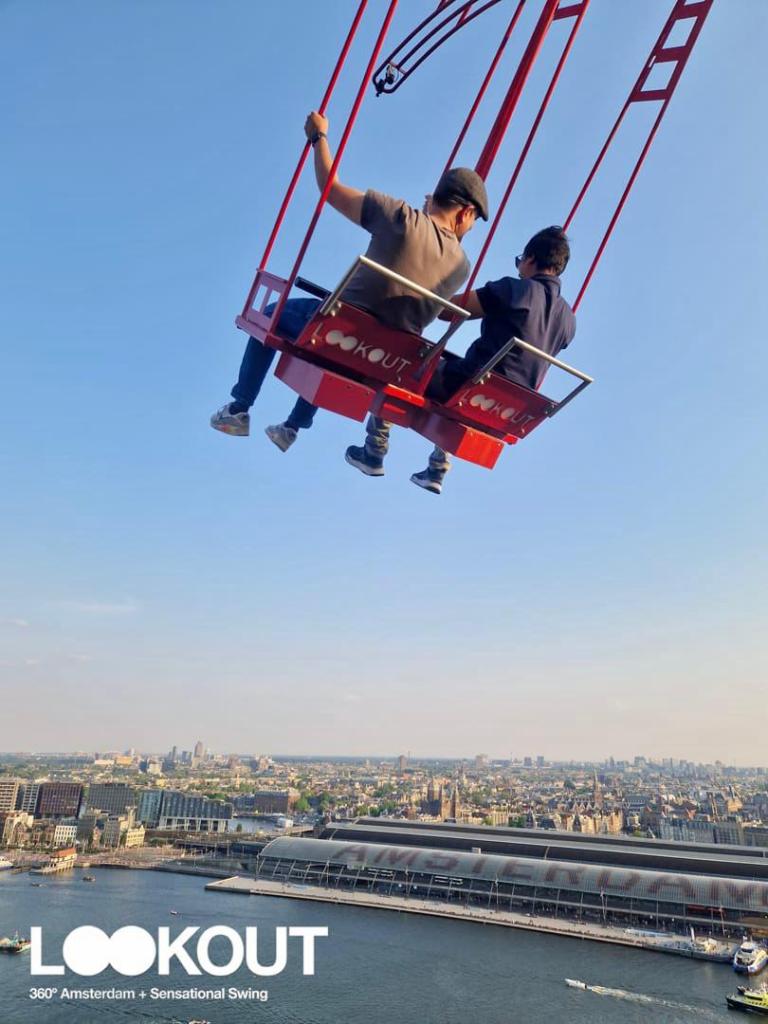
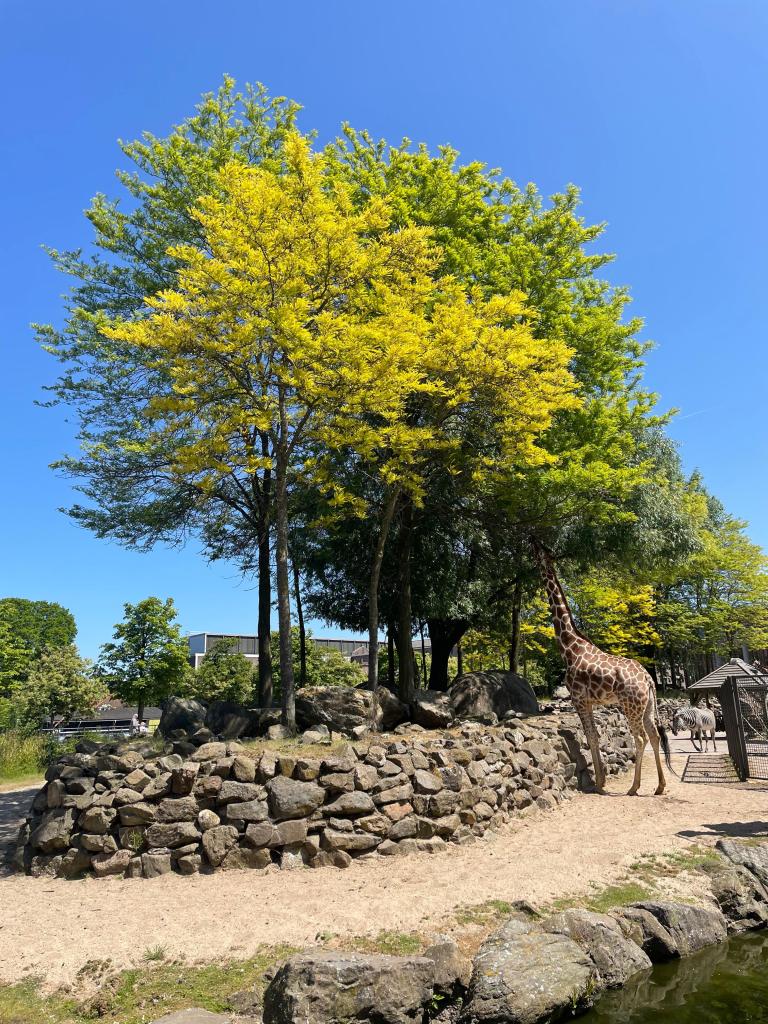





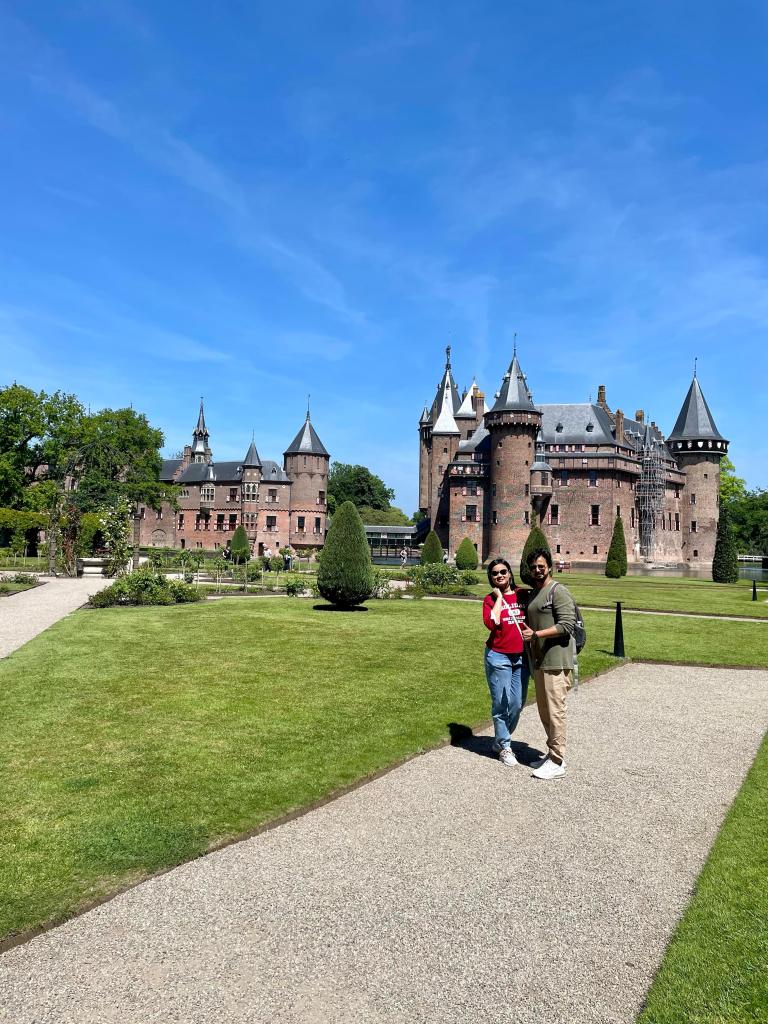
The weeks with them passed by in a buzz. Outdoor explorations and indoor conversations. No matter how good our digital tools get, when we get alone time with people in physical spaces, one on one, we learn things about people we thought we knew, things which surprise us, shock us. But they do make us appreciate our shared pains.
My parents also visited, this time for two months, to cover the Diwali period, and had a generally relaxed time. They grew up in a time and place very different from this, but were open to exploring new places and new behaviors.



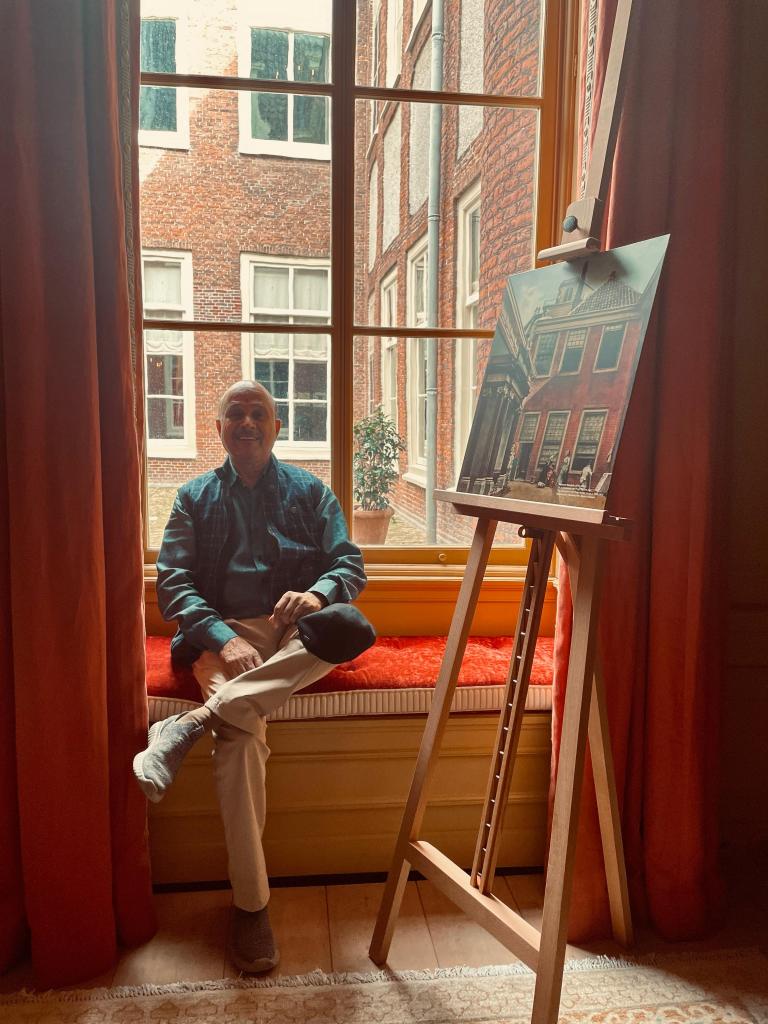

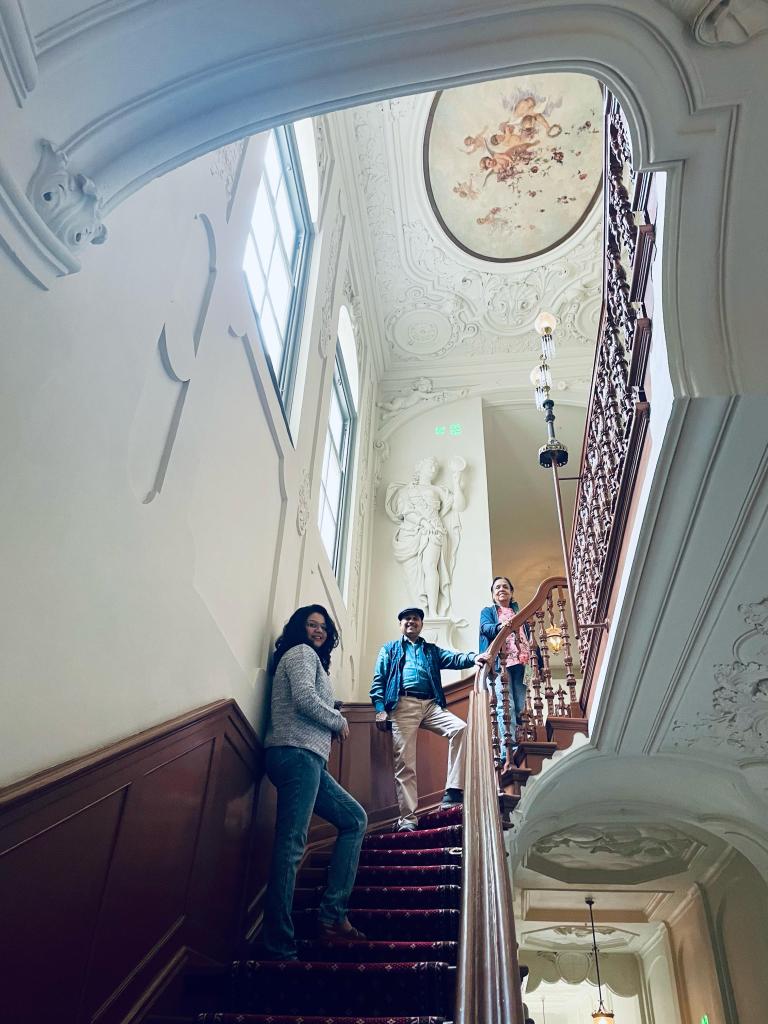

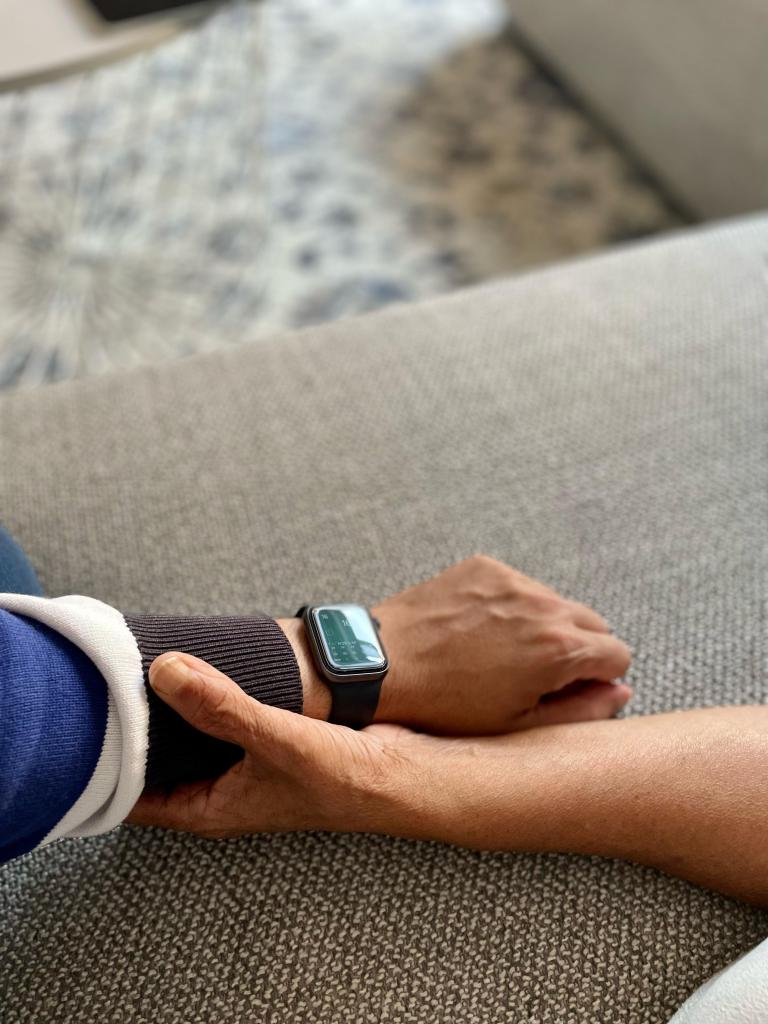
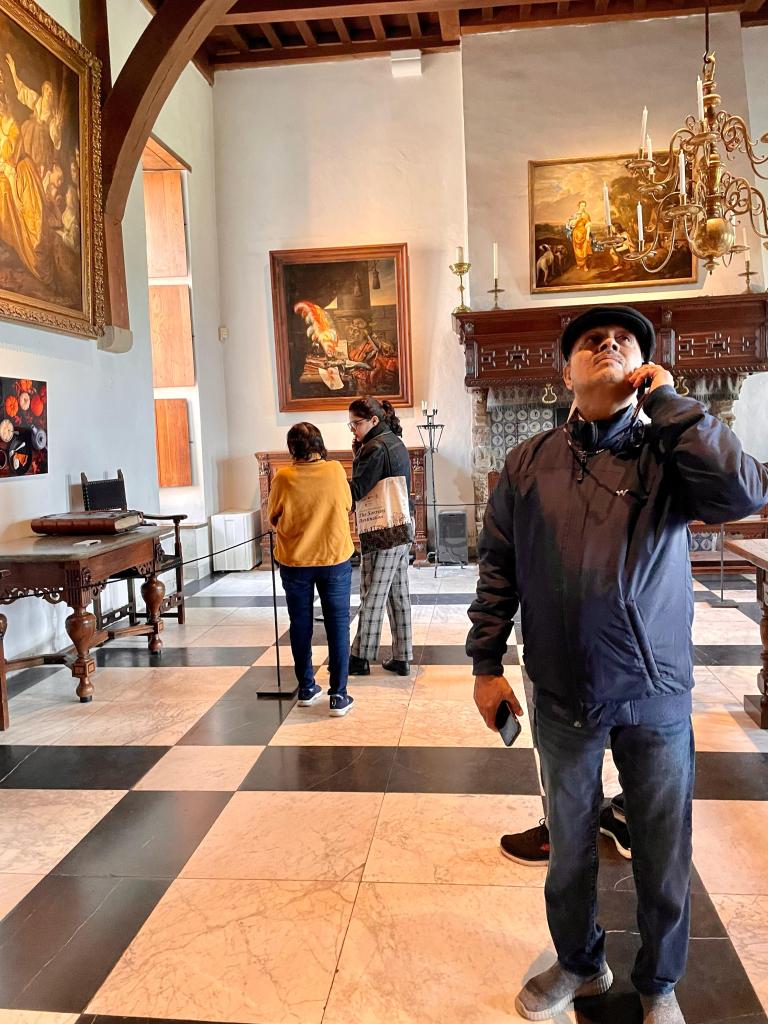




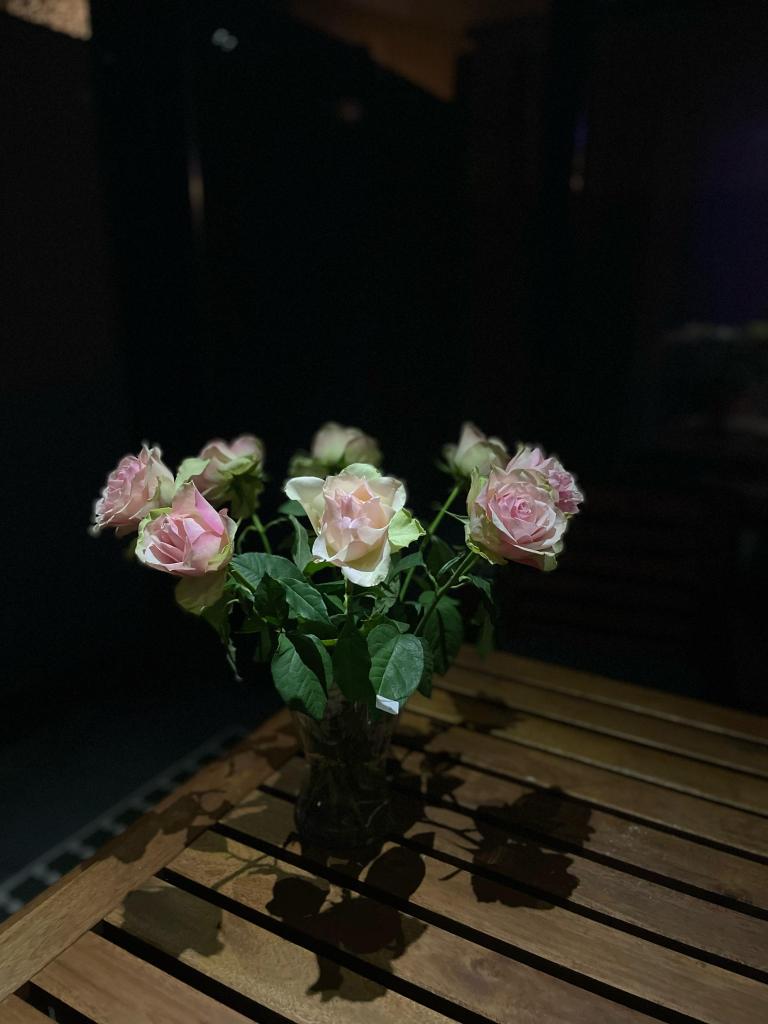


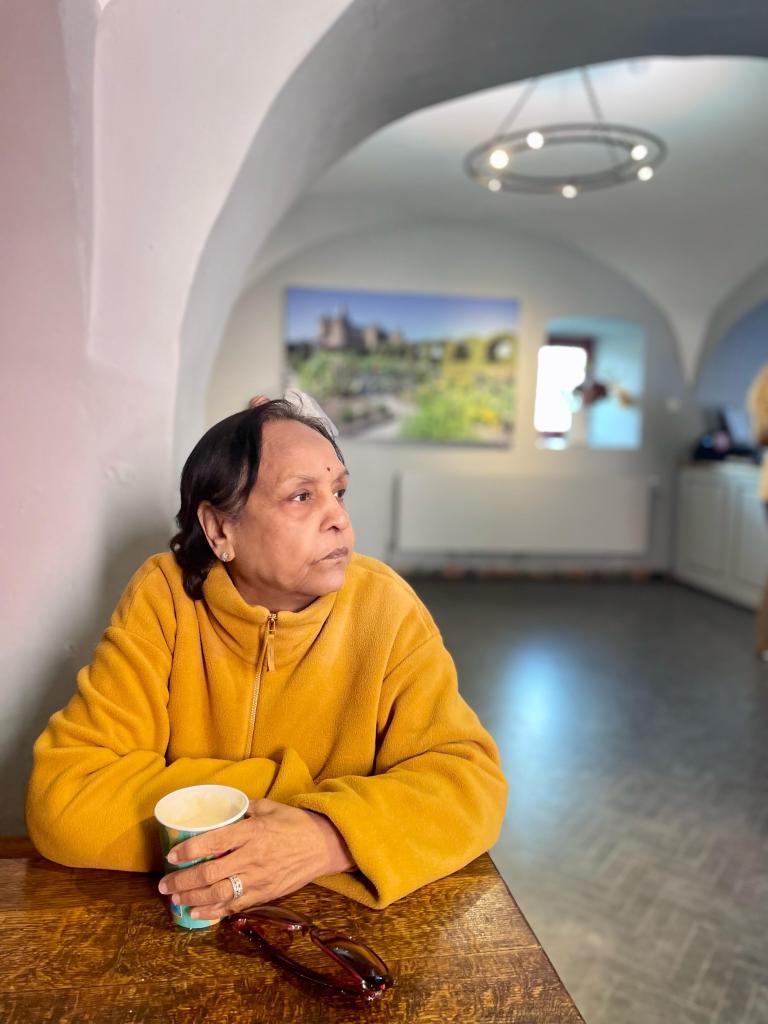


And this time we watched more India-specific content – series like ‘Katha Ankahee’ and ‘Kavya Bansal – IAS’ – which seem very traditional, old-school. I live in a bubble of Netflix/ HBO/ Apple TV, so I didn’t know there is still a huge audience for content like this. And how multitudes live with ideas I assumed we had ‘left behind’.
And of course, we watched ‘KBC – Kaun Banega Crorepati’, India’s version of ‘Who wants to be a millionaire?’ It’s inspiring how Amitabh Bachchan is still hosting it for now, 20 years ! I was in high school when that program started. What a run.
While we spent a quarter of the year with family members, we ate more Indian food. We invested in buying a machine which can make ‘roti’ – almost looks like a 3-D printer for roti – which is fairly fast and fairly good. The harder and somewhat mundane part of making rotis was automated, and we ate food with strong flavor – focusing on the curries.
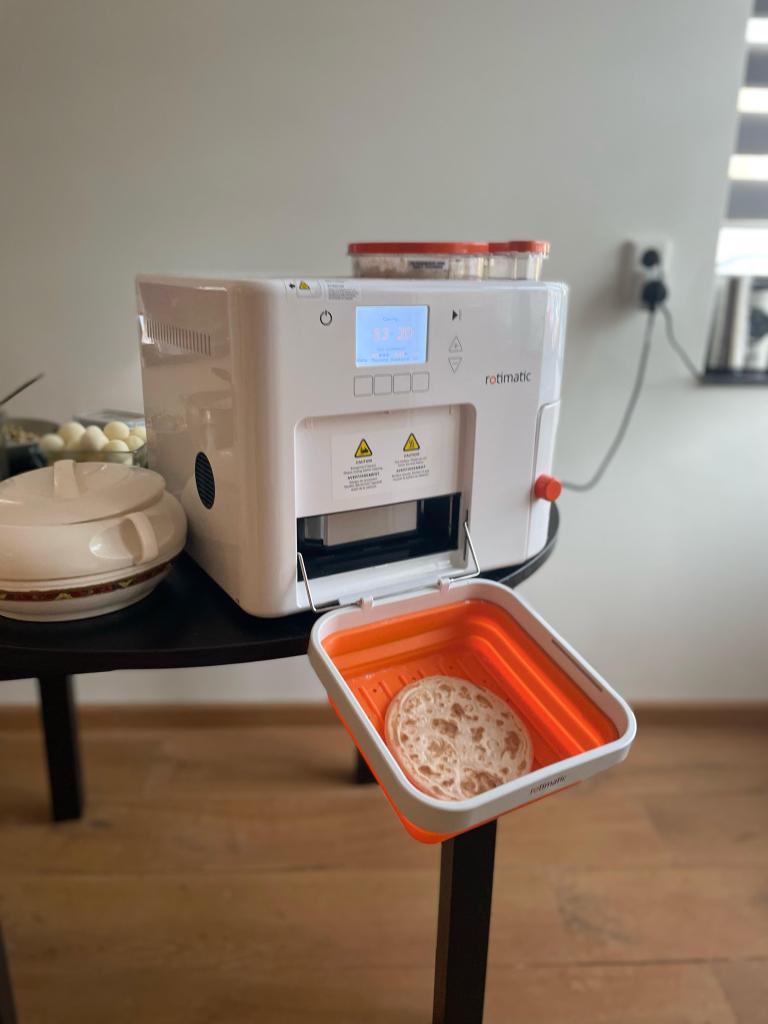
Outside of family, my new workplace is also more Indian. My manager is from India, and so is his direct manager. And almost all of the Product Managers I work with are from India. So yes, it’s good to discuss product and design ideas in Hindi and also have some fun doing that.
Not that it is the most important thing, but it helps.
Learning about mental health – games our brains play
This year I learnt about ADHD, Narcissism, CPTSD, Attachment styles and Trauma, among other things. Read parts of few books, and watched an almost constant stream of YouTube videos.
Don’t ask me why I went on these knowledge paths, but here are the big ideas I came across. A lot of behaviours and mental habits we have arise from childhood pain. When we as children do not feel that someone ‘has our back’, we develop tools, mechanisms and strategies to feel safe. Some of us develop a belief that we can trust no one and we have to rely on ourselves in all situations. These grow into what is called an ‘avoidant’ style. Marked by a desire to never get too close to people. With such a style, we feel restricted because of others and fiercely guard our independence. Apparently most men have this style and hence the complaint of women that the men are not ‘emotionally available’. I noticed that it’s rare to find people who are available – men or women. ‘Presence’ is in short supply.
(It’s funny that we humans have developed an amazing array of technologies to be connected and to be available, and yet we find ourselves craving connection).
On the other end, there is the anxious style, which builds the opposite strategy – they always need someone and will do anything to hold on to that person. They want to get physically and psychologically close. They hug, shake hands, make jokes, organise parties, ask intimate questions, share food. They fear being alone, completely by themselves. They may come across as ‘people pleasers’. And they may be as tough to interact with, as those who avoid.
And this is where it gets interesting – these personality styles attract each other. Anxious people are driven towards people who avoid them – perhaps it gives them a sense of mission and purpose to ‘get’ the person. And the avoidant person too seems to like the anxious one, as they can treat them badly without fear of repercussion.
But here is the funny part – as I kept thinking about these ideas, I saw that almost every love story is a reflection of an anxious-avoidant dynamic. One person wants to get close, and the other wants to move away, just a bit. One pulls, the other pushes. And this is visible even in Bollywood songs anything from the 70s to the noughts. (Probably Hollywood too, but I don’t watch/remember romcoms).
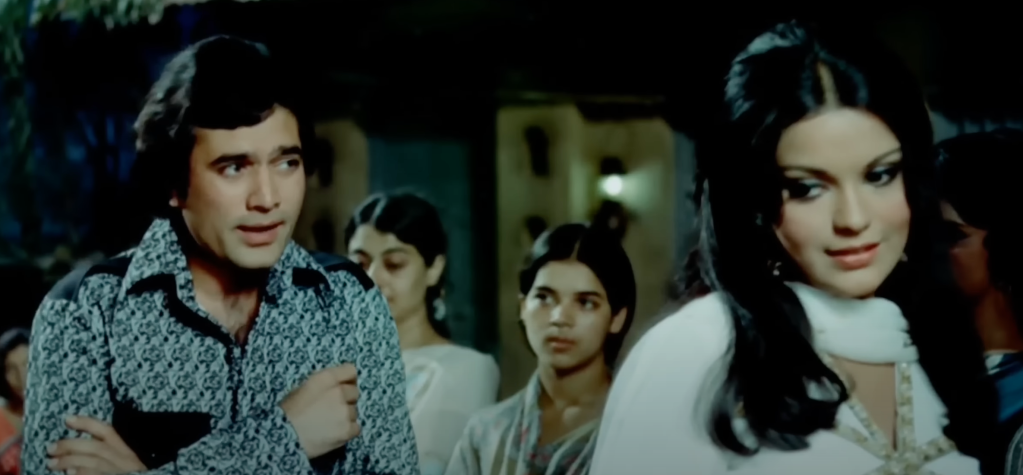
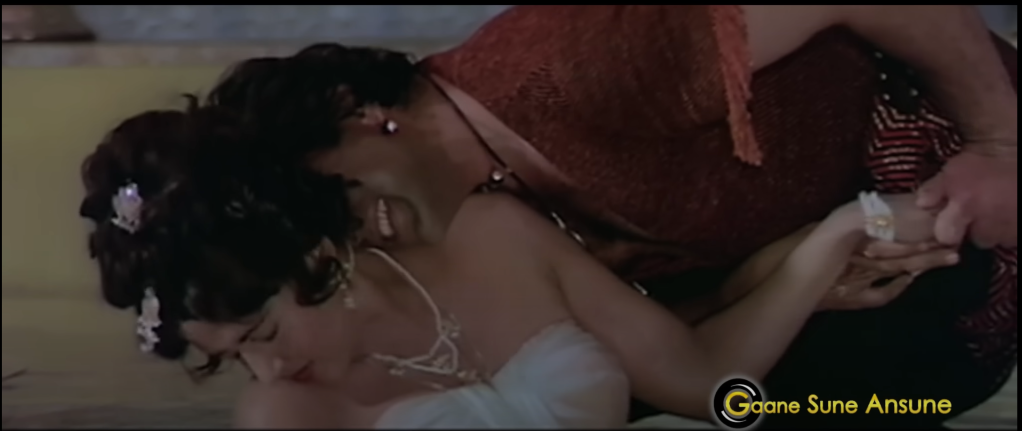

The pattern shines. The anxious one sings and approaches the avoidant one, who sometimes literally has their back towards the other.
But they do know that the other stands behind them, and so the dance continues. I could share more, but I invite you to observe this push-pull in love stories you come across. This creates conflict, and stories are made of conflicts. If these were two ‘healthy’ people, there would be no story.
While different on the surface, both these ‘styles’ are rooted in deep fears, which we learned in childhood. And these childhood fears have created the bulk our culture – movies, novels, songs.
Apart from these ideas, I dived into concept of trauma. Now that’s a heavy word and brings to mind pictures of people who have fought wars and seen brutal violence. But there is something called childhood trauma, where you felt unsafe in childhood and it leads you to painful patterns in your life – from engulfing romantic obsession to being chronically underpaid. Apparently even wearing torn, worn out underclothes, when you can afford better, is a sign of trauma, of hidden shame, guilt, fear.
Some said that even narcissism is a trauma response. The narcissist feels very alone and hence shuts out people. They stop mattering, such is the instinct for self-preservation. They say you can’t out-love a narcissist’s trauma. And I found it almost unbelievable that there are diagnosed narcissists who talk about their worldview – and those videos are available on YouTube.
Finally, a bit different from those, but suffering more from a ‘hardware problem’ are people with ADHD. Their brain jumps all over all the time, and they find it supremely difficult to stay focused on a task. They can be extremely smart, but their lack of control makes it hard for them to finish tasks in the real world. If you are the kind of person who is super smart and scored high on IQ tests but never really got good grades – you might be the ADHD kind. And this thing is so extreme that people with ADHD even forget to… eat food. They set up reminders for what I thought was the most basic human activity. There are a few people in my life who probably have ADHD, and probably some in your life too.
And of course therapy helps, but I learned that for narcissism and ADHD, you really can’t heal them. They need to be ‘managed’ like a chronic illness. Cures are not known. Scary, huh?
What irked me, and probably will irk you too, is how vague, how smoke-like these labels and definitions are. Almost no psychological tests can be said to be 100% reliable. Many people may even refuse to believe these mental illnesses exist. And I can understand them. This is all so unclear. But I guess that’s the nature of the problem. If it was concrete and easier to grasp, it would probably be a physical ailment. Our subjective reality is complex and our words are just not enough. Hence we need even more more empathy and open-mindedness in these areas.
And I applaud the the people – from researchers to authors to YouTubers – who dare to approach these issues and try the best to understand and help those of us who are suffering. And the fact of suffering is real, it’s not vague.
And yes, I found that I have childhood trauma symptoms, though I have no bad memories of my childhood. My symptoms don’t overwhelm me (I think), but they are unmistakable. But no matter. When you look deep within the humans close to you, you look also deep within yourself and while you see a lot of things which make you want to look away, you also find great things – absolutely great things, treasures both inside you and inside others, and perhaps become a more balanced human.
You also develop a respect for people who are ‘available’ – who are there. Indeed, if I have a word of the year, it would be ‘available’. I find myself looking at people on a scale of available to not available. Now it matters much less to me how smart or rich someone is or what they have achieved, but more that how ‘available’ they are. Are they present? Are they centred? Are they… here? Or is their mind somewhere else? I also see how they have overall better, even practically more successful lives. Whereas those who are distracted, however smart, seem to stumble into multiple forms of mental pain, even if outwardly they might have the trappings of success.
(Is it not interesting that the word ‘present’ means both being at one place in time, and also, ‘gift’. Presence is a present.)
I am starting to believe that one key aspect of ‘goodness’, of a life done right, is when good things happen to you which you did not plan. If you are internally secure, centred, deeply OK with yourself, opportunities will seek you out. On the other end, if your brain is ruled by anxiety, fear, ambition, you will find yourself on a treadmill, and move slowly if you are able to move at all.
A final insight here which I discovered that two things help – no matter what the mental trouble – mindfulness meditation and physical exercise. And no matter what kind of human help book I read – from trauma to productivity – these two make an appearance.
But seeking connection was not just about talking to family and reading about mental health. I also got back to my favourite childhood hobby – drawing. Didn’t have enough of it, but here are a few sketches:



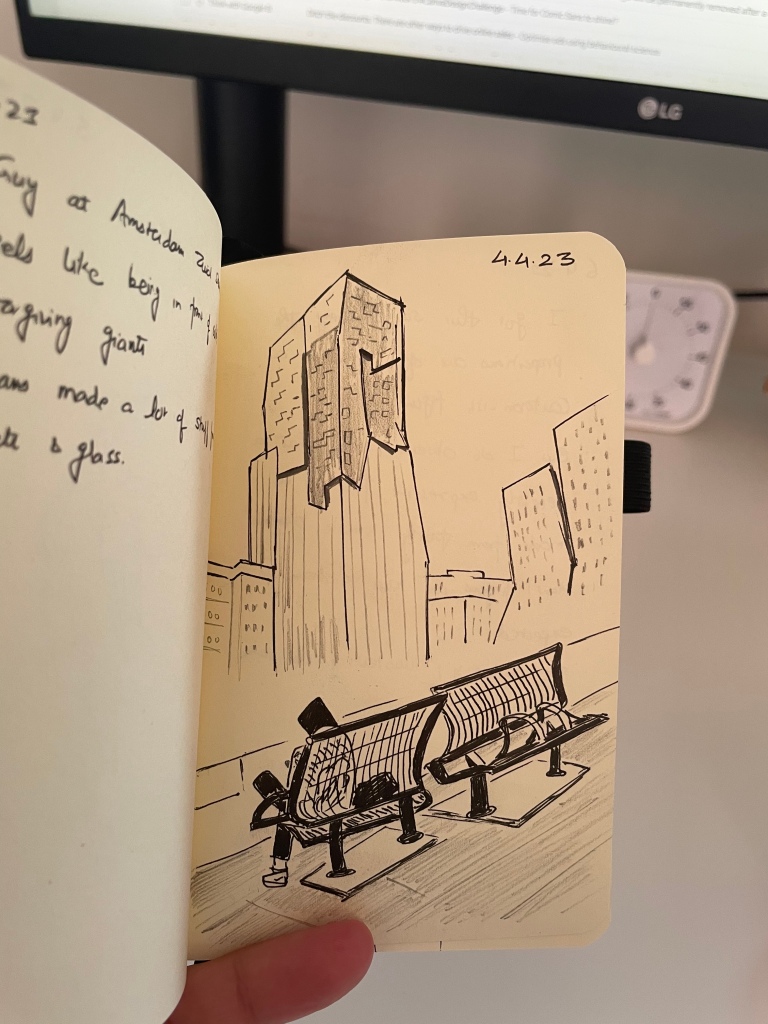
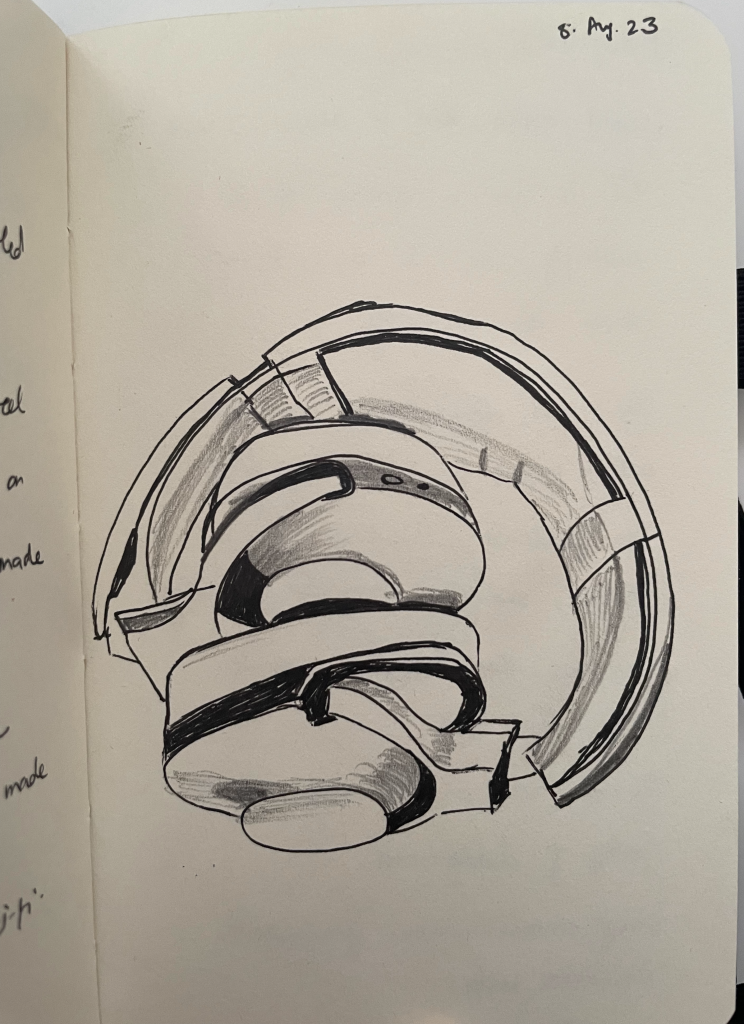


So yes, this was the year of seeking connection, with myself, with people close to me and even with people ‘far’ from me – new people who I almost stumbled into the course of life, and shared happy moments with.
Some places old and new
This year was not big on travel. But I did get to visit some beautiful spots in Belgium, Paris, and Marbella in Spain. Not much to say here, but I have some pictures to share – mostly of the lovely and lively Paris.








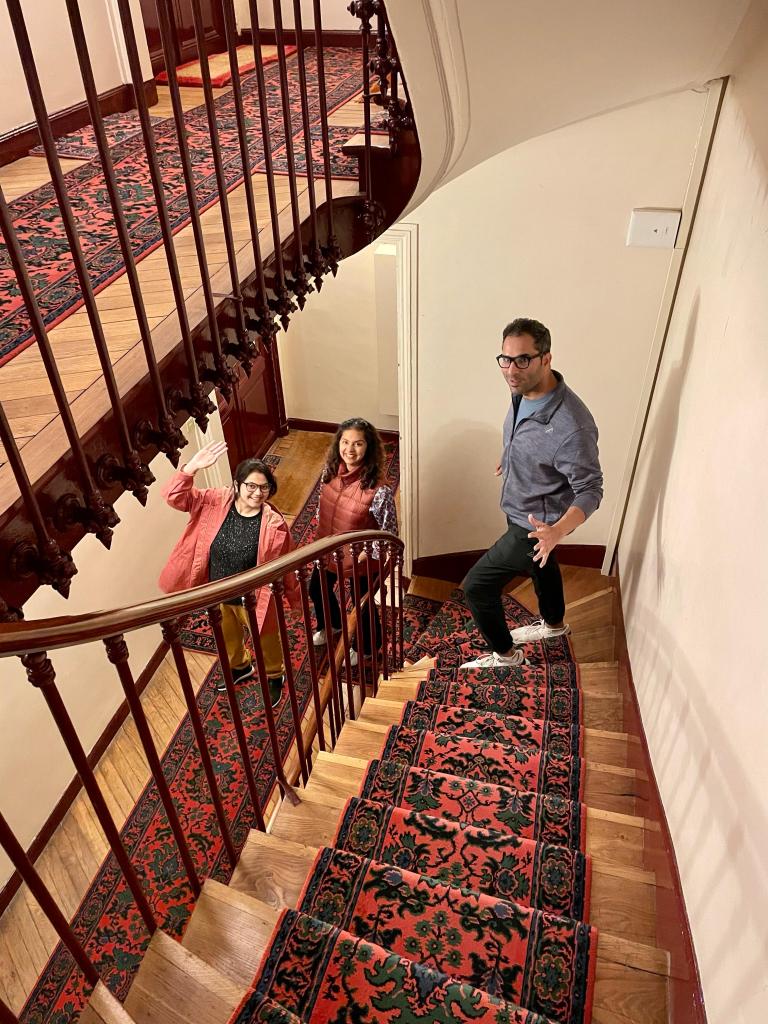

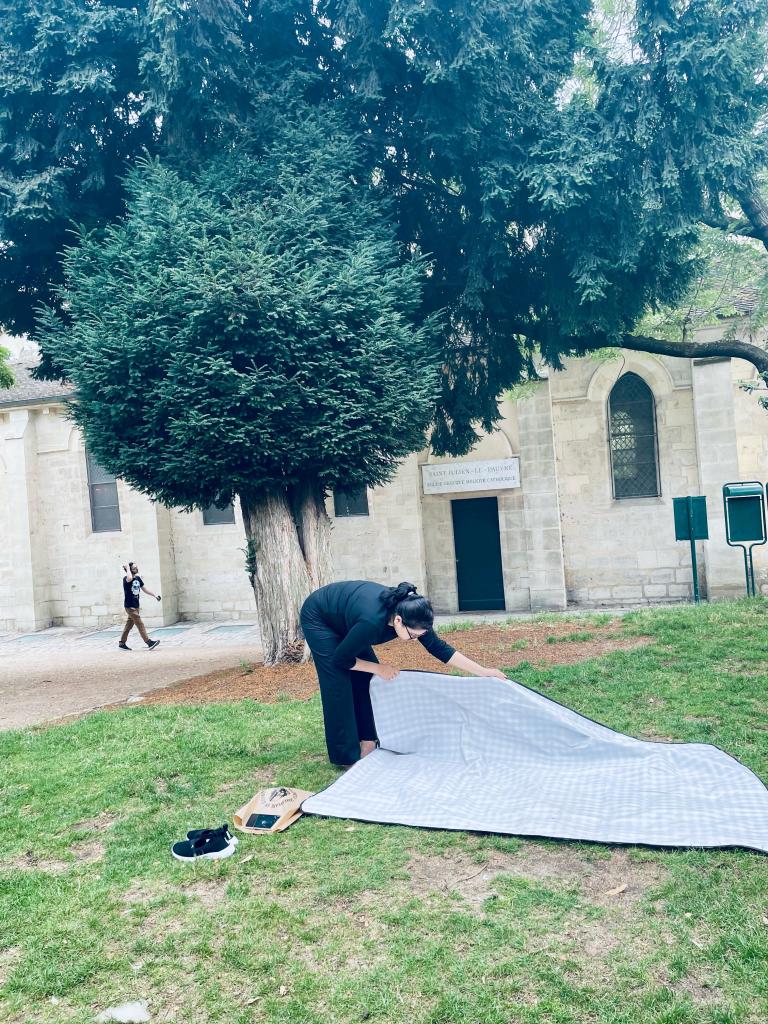






Books and (Artificial) Intelligence
This year wasn’t too big in books – a rather low number of pages compared to most of the other years. And many were about connection and mental illness. Outside of those topics, I re-read and re-read my favourite science fiction story – ‘Understand’ by Ted Chiang. You can read it for free on this link.
This story is about a guy getting superhuman intelligence as part of a science experiment and how his thoughts and goals evolve with intelligence. And it’s not only an exercise in theory, very soon our hero comes in conflict with the outer world and the story develops into an intense action thriller – he has to outwit the CIA first, and then… [spoiler removed]. And during the story, we cover ideas about human values, state control and propaganda, aesthetics, languages, poetry, cognition. Heavy recommend.
Here are some spoiler-free excerpts from ‘Understand’ to give you a raw flavour:
I acquire years of education each week, assembling ever-larger patterns. I view the tapestry of human knowledge from a broader perspective than anyone ever has before; I can fill gaps in the design where scholars never even noticed a lack, and enrich the texture in places that they felt were complete.
—
I could be studying a new class of equation, or the grammar of a foreign language, or the operation of an engine; in each case, everything fits together, all the elements cooperate beautifully. In each case, I don’t have to consciously memorize rules, and then apply them mechanically. I just perceive how the system behaves as a whole, as an entity. Of course, I’m aware of all the details and individual steps, but they require so little concentration that they almost feel intuitive.
—
I send the list of memos to the Director of the CIA, with a note: “Don’t bother me, and I won’t bother you.” He’ll realize that he has no alternative.
This little episode has reinforced my opinion of the affairs of the world; I could detect clandestine ploys everywhere if I kept informed about current events, but none of them would be interesting. I shall resume my studies.
—
Reading of ‘Understand’ fit well with me trying to understand the nature of intelligence itself, something I also explored in the book – ‘Life 3.0’ by Max Tegmark, a broad read on AI scenarios of the future. I found an elegant definition of intelligence in the book.
intelligence = ability to accomplish complex goals
The book also talked about intelligent agents, alternate models of society, and the biological and physics based underpinnings of goal-oriented behavior. I found it all fascinating, but have forgotten most of it, as I got deflected towards family, job interviews and reading about mental health.
I also read a few science fiction short stories by Greg Egan, and while some were immersive, others dragged. However, the most interesting new books I stumbled on this year was from John Steinbeck.
I had heard the name, but never gave much thought to it.

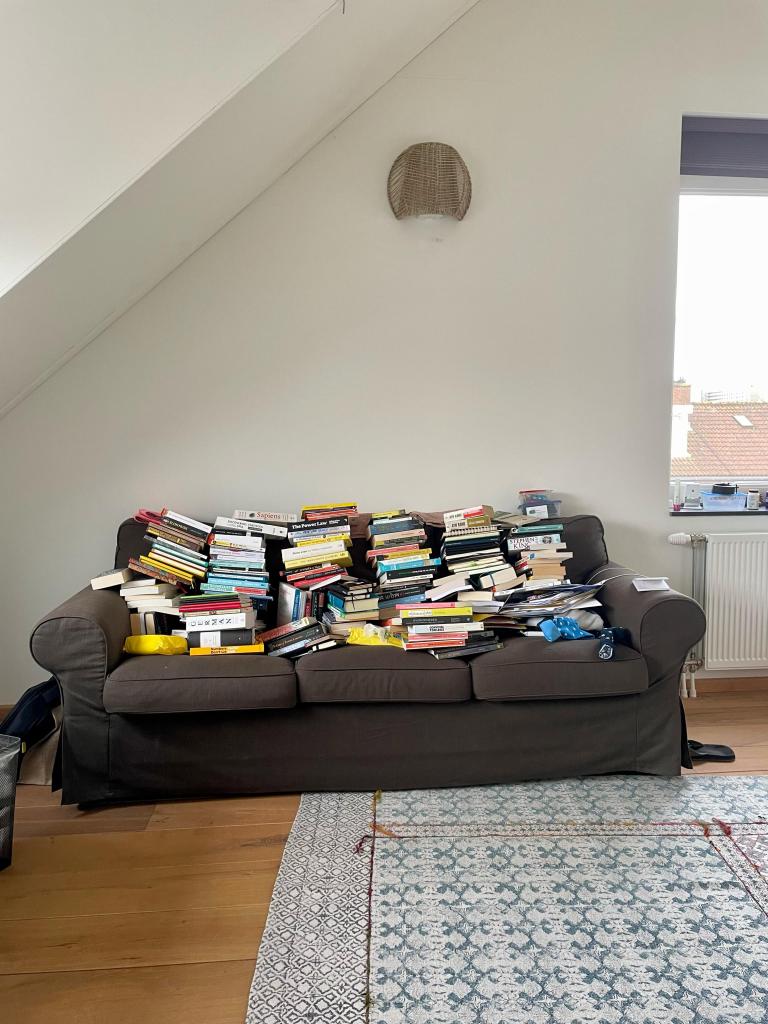
Now, in my previous job, I was trying to help a colleague with his English and general communication skills, and I asked ChatGPT what were good English books to read as an adult learner and the book ‘The Pearl’ by John Steinbeck came up. It was a short and thrilling and very human read. So I got another one of his famous books ‘Of Mice and Men’ and that’s perhaps the only book which I re-read just after finishing it. A short and simple story about two friends who just want to live on a farm and survive off the fat of the land. But the story is terrible and tragic and the writing is astoundingly beautiful – right from the first page in. Here are some nuggets:
At about ten o’clock in the morning the sun threw a bright dust-laden bar through one of the side windows, and in and out of the beam flies shot like rushing stars.
—
His authority was so great that his word was taken on any subject, be it politics or love. This was Slim, the jerkline skinner. His hatchet face was ageless. He might have been thirty-five or fifty. His ear heard more than was said to him, and his slow speech had overtones not of thought, but of understanding beyond thought. His hands, large and lean, were as delicate in their action as those of a temple dancer.
—
The silence fell on the room again. It came out of the night and invaded the room.
– Of Mice and Men, John Steinbeck
I ended the year with another Steinbeck work – ‘ East of Eden’ – another great read. Just one paragraph here to show how it tasted like, read it slowww.
Around the little fires where communal stew bubbled there was all manner of talk and only the personal was unmentionable. Adam heard of the development of the I.W.W. with its angry angels. He listened to philosophic discussions, to metaphysics, to aesthetics, to impersonal experience. His companions for the night might be a murderer, an unfrocked priest or one who had unfrocked himself, a professor forced from his warm berth by a dull faculty, a lone driven man running from memory, a fallen archangel and a devil in training, and each contributed bits of thought to the fire as each contributed carrots and potatoes and onions and meat to the stew.
He learned the technique of shaving with broken glass, of judging a house before knocking to ask for a handout. He learned to avoid or get along with hostile police and to evaluate a woman for her warmth of heart.
– East of Eden, by John Steinbeck
So yes, while not a mega-year about number of books read, I am grateful to find some deep and healing works of literature in the past year, books and authors I can go back to.
Ready for 2024
For reasons not known to my conscious mind, I believe the coming year is going to be quite different than the previous ones, both globally and locally. There seems to be a vibe shift in the air. Like waking up from an uncomfortable dream. I want to believe we will have better times, but I am sure we will have different times. And if we have learned anything from the past years, it’s that no 2 years are the same. The unexpected always happens.
I do have have intentions and hopes, and plans.
In 2024, I wish to continue seeking connection, to understand myself and those around me, better. More free of judgements, and more open and accepting. Am greatly convinced that human connection is all that matters.
I wish to be more productive. I know there are means to magnify it, and I have a fair deal to learn in my profession. Indeed, the fun of design is that learning has no end. The productivity jump in 2021 I got from adopting new methods took me far in the practical areas of life. But in last few months of 2023 I lost some momentum which I hope to get back, and overshoot.
I wish to be creative. That’s different than being productive. Hard to capture the meaning, but I wish I could work more like an artist, in that deep sense where you are surprised by your own creation.
And I wish for you to have a great year, where you get what you deserve in your personal and your professional life, where you are in touch with yourself and with what carries the most meaning for you.
Thanks for being my friend, have a Happy new year 2024.


